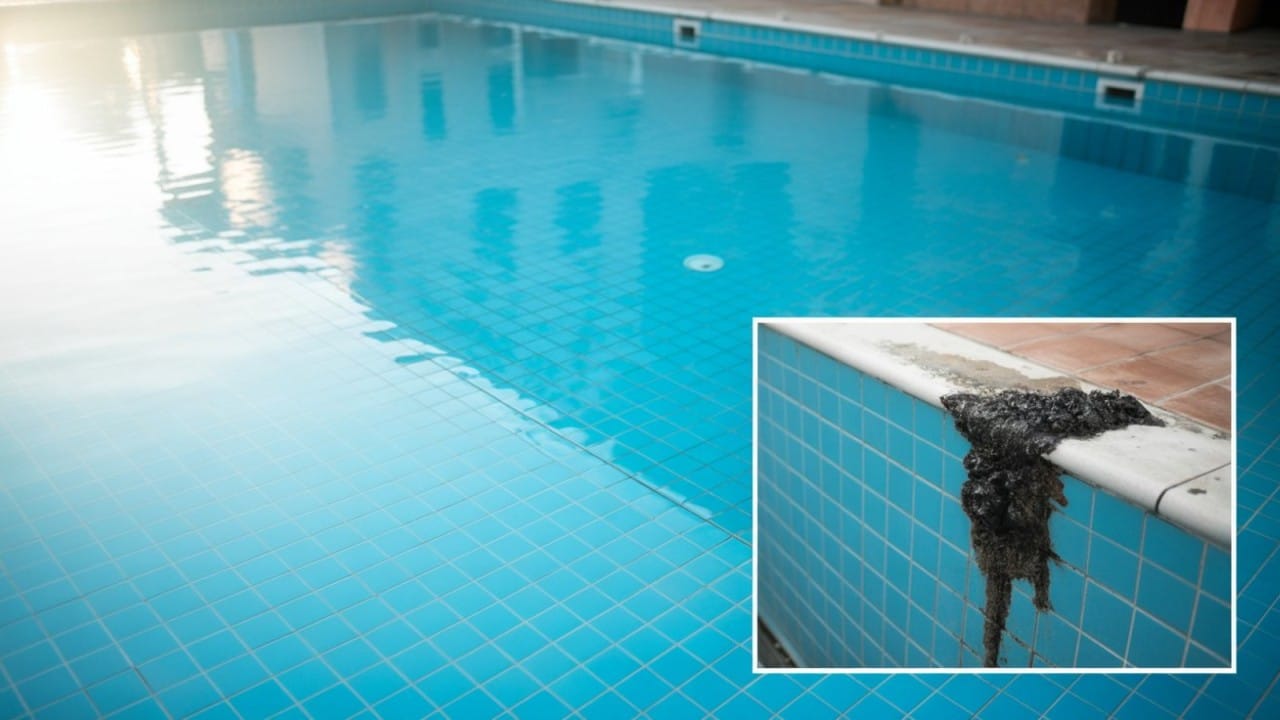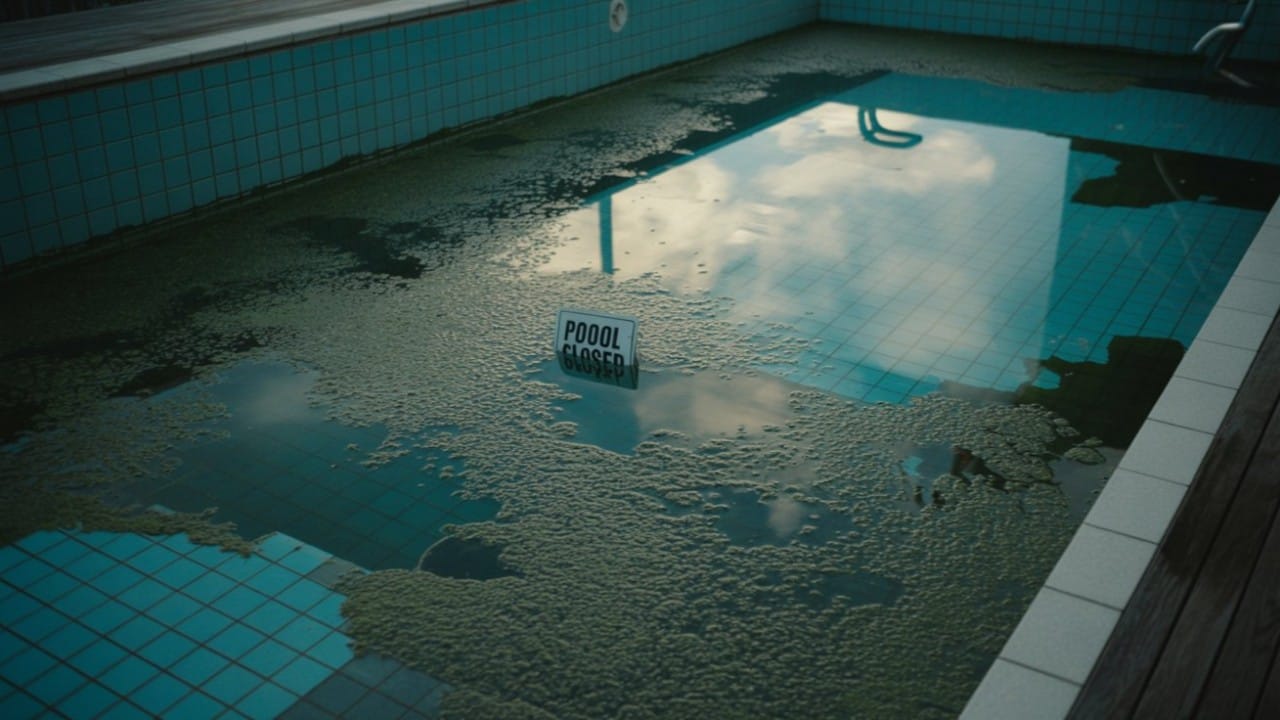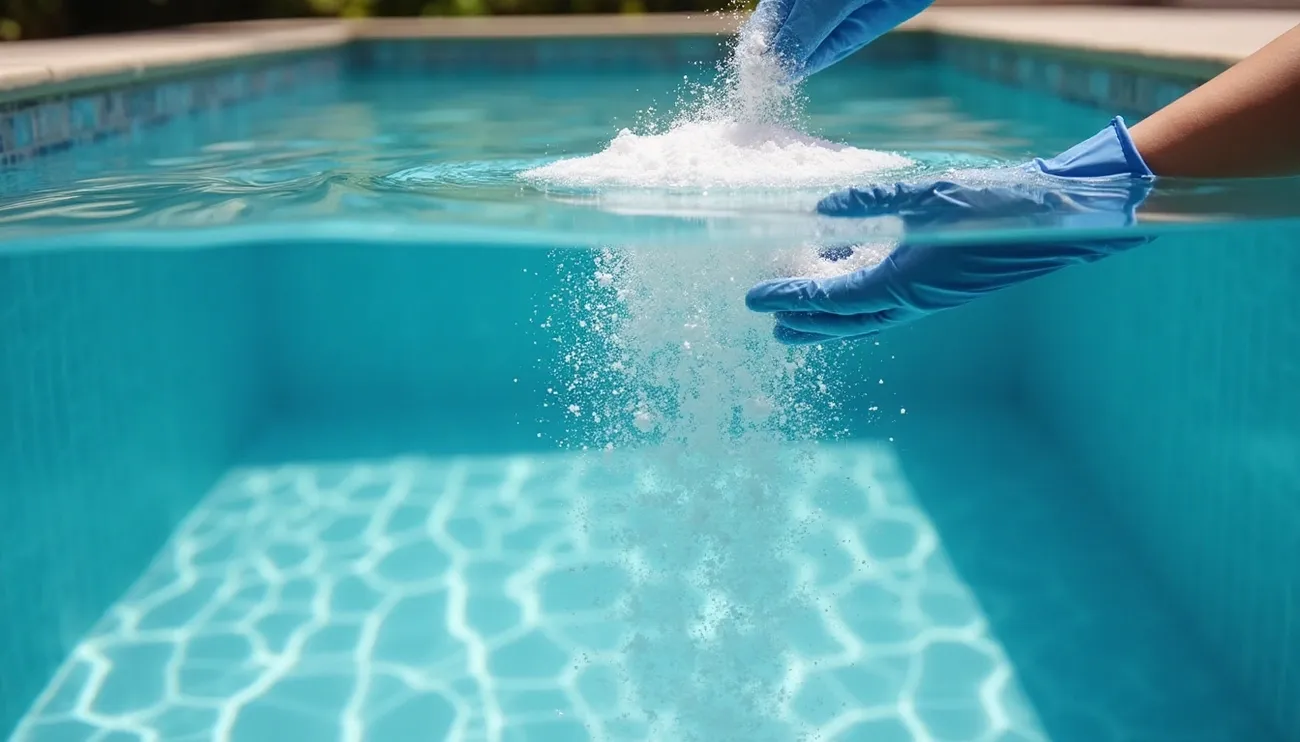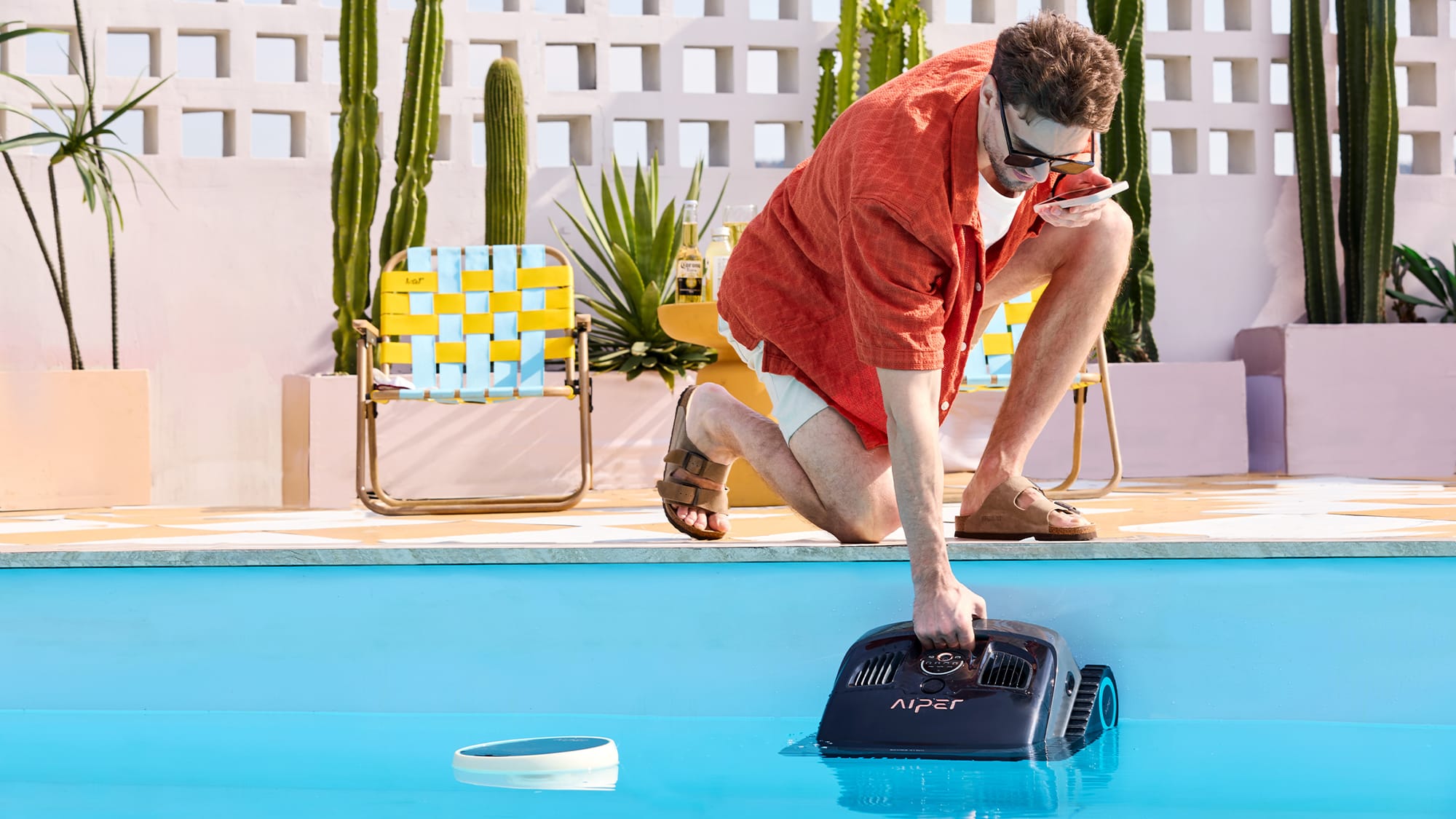How to Get Rid of Black Algae in Your Pool

Gday, pool lovers. Have those annoying black freckles started popping up on the tiles again? If you keep seeing them and scrubbing till your arms ache, chances are black algae has moved in. Unlike the garden-variety green slime, this stuff digs in its heels, flattens its roots, and laughs at chlorine. Health experts warn that its toughness makes it a safety hazard you don't want to hang around.
Taming black algae may sound like a losing battle, but victory is still in reach. If you wonder how to get rid of black algae in a pool?
Read on. You can easily banish black algae by letting a robotic pool cleaner, like the Aiper Scuba X1, do the hard work. If you stick to a plan and watch the water, those stubborn spots will be nothing more than a memory.
What Is Black Algae and Why Is It a Problem?
Black algae are really common in Australia. It has a deeply embedded root system that sticks firmly to the pool walls. It has a protective layer that keeps it safe from algaecides or even pool shock. It is found in pools that are not properly filtered or sanitised. While black algae look really ugly, they are also not good for health. It makes the pool surface slippery, which may endanger swimmers and contaminate water, making it unsafe.

Step-by-Step Guide to Treating Black Algae
Getting rid of black algae is easy with the proper tips and techniques. If you wonder how to treat black algae in a pool? Here’s how.
Step 1: Test and Balance Your Pool Water
Black algae thrive in unbalanced pool water. Test your pool water to see if the pH and alkalinity are in the ideal range, i.e., 7.2-7.6 and 80-120 ppm, respectively. It’s a common practice to balance your pool water before beginning any treatment.
Step 2: Scrub the Algae Vigorously
Get a stiff-bristled pool brush that can work its way through black algae. Start scrubbing it vigorously on the problem areas.
Step 3: Shock Your Pool
Once the algae is a bit loose, do a pool shock black algae treatment. Add chlorine in limited amounts to reach the ideal range of 20-30 ppm. Check the manufacturer's label on the back to add the desired amount. For instance, you may add 2-3 pounds of chlorine per 20,000 gallons of water.

Step 4: Apply Algaecide
Now comes the algaecide turn. For black algae, copper-based or quaternary ammonium ones are the best. It’s always a good idea to keep your pool well-maintained by following the eco-friendly maintenance tips.
Step 5: Run the Filter and Vacuum
Run the pool pump and filter for at least 24-48 hours. Vacuum the dead or ripped-off algae as they start to come off. For better and faster results, consider the Aiper Scuba X1 robotic pool cleaner.
Step 6: Maintain Your Pool to Prevent Recurrence
The process doesn’t end in vacuuming. You have to take care of your pool regularly. Brush your pool weekly and try to maintain chlorine within a 1-3 ppm range. Use Aiper pool cleaners to keep pool maintenance convenient and hassle-free.
Why Choose Aiper for Pool Maintenance?
Where pool maintenance is the problem, Super Scuba X1 is the solution. It’s fast, efficient, and makes your pool crystal clear within seconds. It has a cordless design, so you can place it anywhere in your pool, and it will work its magic without tethering to a cord. Its infrared sensors detect problem areas and contamination. It automatically navigates the pool and removes impurities. Aiper Scuba X1 also features horizontal waterline cleaning, so it moves through the water surface and picks up debris. It’s also energy-friendly and does more work with minimal energy and time.
Preventing Black Algae in Australian Pools
Do not think that black algae will not return. As long as you maintain your pool, black algae will never be seen again. Try to vacuum your pool weekly and circulate pool water thoroughly to avoid stagnation. Keep testing the pool water to keep all parameters in check. Since you already know that Australia’s warm weather is always a breeding ground for algae so you need Aiper pool cleaners to maintain your pool with minimal chemical use consistently.

When to Call a Professional For the Black Algae
If black algae have damaged your pool walls or it just doesn’t seem to go away, you need to call in a professional. But before you do so, you should use DIY cleaning methods like using Aiper’s robot cleaners to remove algae.
Conclusion
Black algae in the pool are a huge problem. But not with the right techniques and solutions. It’s all about balancing your pool water, shocking it, running it, and using robotic pool cleaners to do the job stress-free. With Aiper’s Scuba X1, pool maintenance is easier, faster, and eco-friendly.
Loved this blog? Visit Aiper to discover how Aiper robot pool cleaners can keep your pool sparkling clean.
